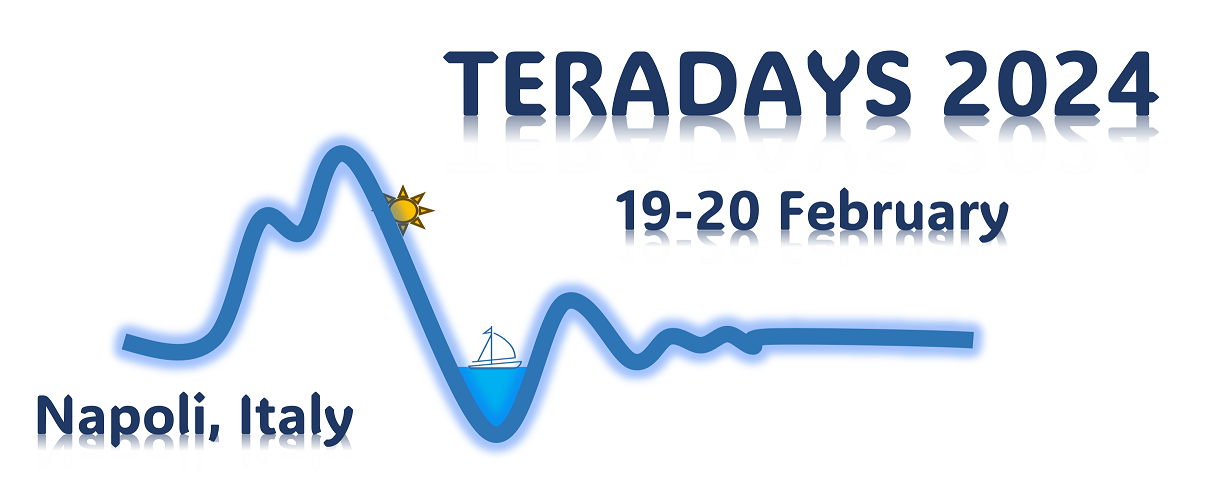Speaker
Description
Terahertz/Infrared (THz/IR) radiation and technologies have found incredible development in the last few decades due to their applications in many different fields, ranging from indoor and outdoor communication, security, environmental monitoring, biological research, medical applications and finally as a spectroscopic investigation tool in condensed matter [1]. However, many of these applications requires increasingly high-power sources and demands for the possibility to manipulate radiation features such as pulse time duration, frequency spectrum and polarization. One of the most efficient ways of generating THz/IR radiation fulfilling these requirements is to use relativistic electrons accelerated in storage rings, where synchrotron radiation can be generated by means of bending magnets or specific Insertion Devices (IDs), or by accelerating electrons in LINACs, where the development of FEL technologies allows for coherent and monochromatic radiation to be produced.
Few projects are currently underway for the realization or the upgrade of innovative THz/IR sources based on particle acceleration, some of them involving two of the most important research facilities in Italy, i.e. the third-generation synchrotron Elettra in Trieste and the SPARC_LAB linear accelerator in Frascati.
Elettra 2.0 is a major upgrade of the Elettra facility towards what is called the ‘ultimate’ light source, which will allow both horizontal and vertical emittance to be greatly reduced in order to guarantee a substantial increase in brilliance and coherence for the emitted radiation. The main work on the structure consists in the upgrade of the magnetic optics without changing the basic features of the accelerator [2] and it will involve all the beamlines, including SISSI (Synchrotron Infrared Source for Spectroscopy and Imaging), which is the line dedicated to the collection of THz/IR radiation emitted by magnetic dipoles. The SISSI 2.0 Project is included in this major upgrade and aims to characterize the radiation produced by this beamline focusing on the interference effects and on the emergence of new edge radiation contributions caused by the complex magnetic structure of the new multi-bend achromats. In addition, the project involves the reorganization of the extraction beamline for the transport of radiation to an external user facility.
The same spirit of innovation is embodied by the SABINA project, which aims to make some major upgrades in the SPARC_LAB structure with the practical goal of realizing a FEL beamline operating as a user facility and producing quasi-monochromatic radiation over a wide spectral range from 3 THz up to 30 THz, with time duration pulses on the order of ps and energies in the mJ range. The core of the beamline consists of a series of three undulators based on the APPLE-X design that allows the emission of high intensity synchrotron radiation and the manipulation of high electric fields (˜10 MV/cm) by controlling their polarizations (linear, circular and elliptical). The beamline also includes the transport of the produced radiation to an ‘open to user’ laboratory which will be equipped with the appropriate optical set-up necessary to perform a wide variety of scientific experiments concerning nonlinear and time-resolved optical spectroscopy.

